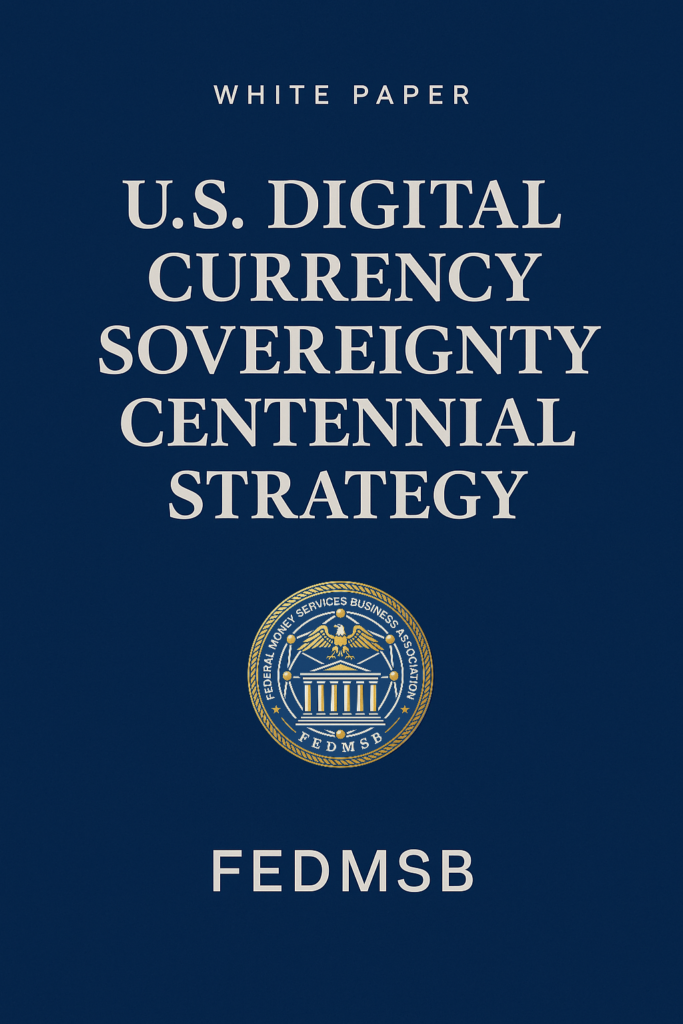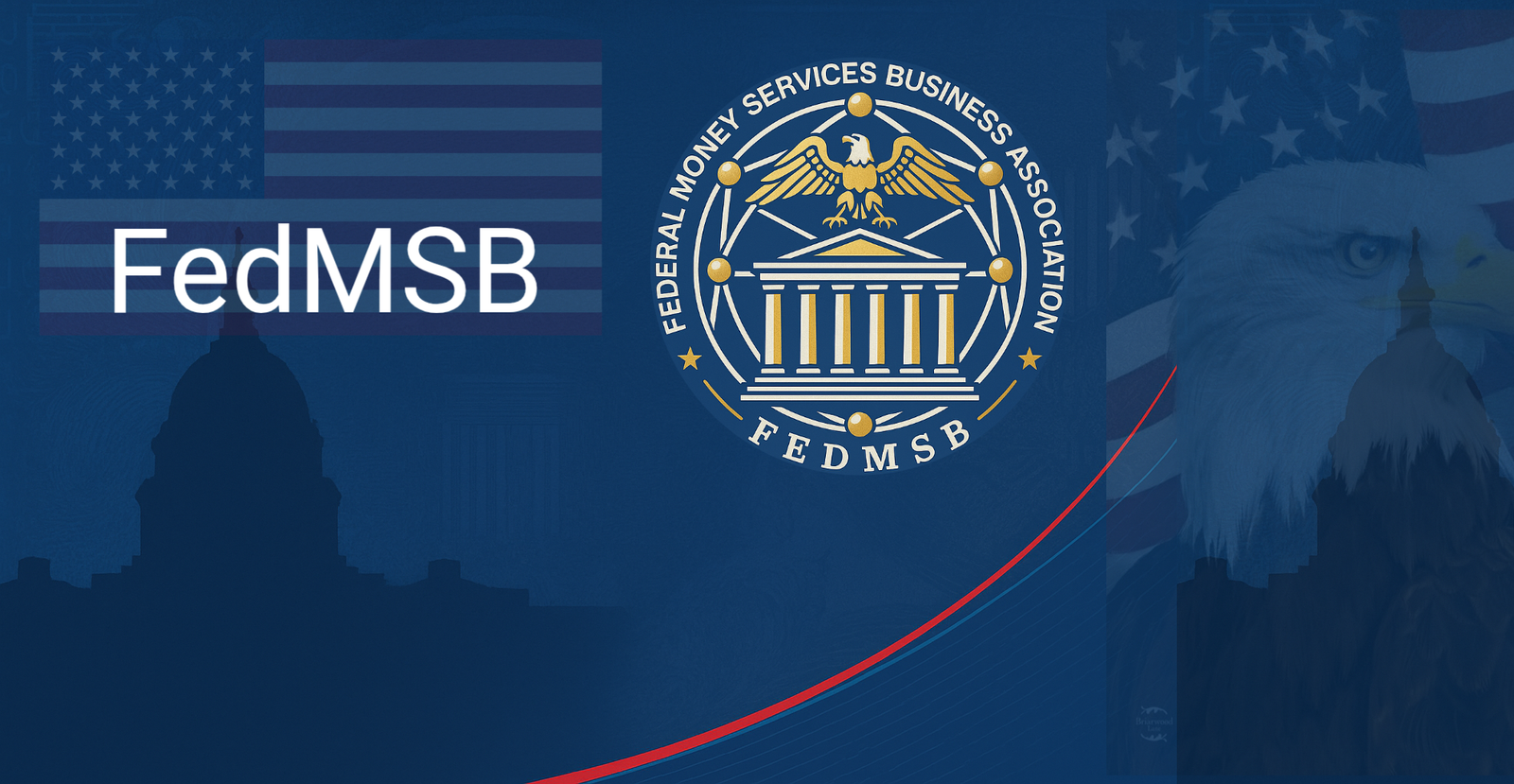
Full Version of Whitepaper
Membership Required
Summary
The Double Strike + Double Support Doctrine
At the heart of this strategy lies a dual-action policy—Double Strike + Double Support—designed to both neutralize threats and construct a sovereign path forward. Targets Tether (USDT) and Binance, two private, opaque entities that now function as unregulated, quasi-sovereign financial systems. Simultaneously, the United States must uplift and integrate two compliant, auditable infrastructures aligned with democratic rule and monetary oversight: USDC and Coinbase.
CIFB – Clearing Illegal Financial Black Markets
To legitimate and globalize this doctrine, we introduce CIFB—Clearing Illegal Financial Black Markets—as the strategic banner for international alignment and domestic enforcement. CIFB is to digital finance what counterterrorism was to post-9/11 geopolitics: a moral, strategic, and operational doctrine. This is not about suppressing innovation—it is about removing the underworld reefs on which lawful innovation may run aground.


Table of Contents
Chapter 1: Strategic Foundations of U.S. Digital Sovereignty
1.1 Global Financial Order in Transition
1.2 The Rise of Digital Currencies and Stablecoins
1.3 Risks of Decentralized Non-State Financial Networks
1.4 The Strategic Imperative of U.S. Digital Sovereignty
1.5 Limits and Boundaries of Traditional Monetary Governance
1.6 Institutional Architectures for Digital Financial Order
1.7 Reanchoring the U.S. Dollar in the New Digital Era
1.8 The Logic Behind “Double Strike + Double Support” and CIFB
1.9 Strategic Objectives: From Adaptation to Leadership
1.10 Chapter Summary and Preview of Following Chapters
—
Chapter 2: The Architecture of Illicit Liquidity: Anatomy of Stateless Financial Systems
2.1 Rise of Stateless Financial Systems
2.2 Anatomy of the Black-Market Stack
2.3 Case Studies of Illicit Liquidity Channels
2.3.1 Capital Flight and Sanctions Evasion
2.3.2 Dark Market Financing and Narcotics Trade
2.3.3 Regulatory Arbitrage in Cross-Border Infrastructure
2.4 Shadow Utilities: The Role of USDT and Binance
2.5 Conceptualizing “Illicit Liquidity Sovereignty”
2.6 Policy Crossroads: From Regulation to Protocol Enforcement
—
Chapter 3: The Double Strike + Double Support Policy Framework
3.1 Origins and Rationale
3.2 The Double Strike Strategy: Targeting Shadow Financial Utilities
3.3 The Double Support Strategy: Promoting Compliant Digital Infrastructures
3.4 Case Examples: USDT and Binance vs. USDC and Coinbase
3.5 Operationalizing the Doctrine: Enforcement and Incentives
3.6 Anticipating Global Responses and Coordination
3.7 Metrics of Success and Risk Management
—
Chapter 4: CIFB—Clearing Illegal Financial Black Markets
4.1 Defining the CIFB Doctrine
4.2 Differences Between CIFB and Traditional AML/CTF Approaches
4.3 Tactical Approaches for Systemic Illicit Liquidity Removal
4.4 Technological and Legal Tools for CIFB Implementation
4.5 International Cooperation and Legal Harmonization
4.6 CIFB as a Moral and Strategic Framework for Digital Finance
4.7 Case Studies of CIFB Operations and Outcomes
—
Chapter 5: Technological Foundations of Sovereign Digital Finance
5.1 Programmable Money and Embedded Compliance
5.2 Blockchain Architectures for Sovereign Oversight
5.3 Secure Digital Identity and Transparent Audit Trails
5.4 Integration of On-Chain and Off-Chain Systems
5.5 Future Innovations and Adaptive Protocols
5.6 Risk Mitigation and Cybersecurity Considerations
—
Chapter 6: Geopolitical and Economic Implications
6.1 Global Power Dynamics in the Digital Financial Era
6.2 Sovereignty and Monetary Policy in a Borderless Economy
6.3 Economic Security and National Defense Perspectives
6.4 Implications for Sanctions, Trade, and International Law
6.5 Building Alliances and Shaping Global Norms
6.6 Long-Term Vision: Sustaining U.S. Leadership for One Century
—
Chapter 7: Pathways to Implementation and Policy Recommendations
7.1 Legislative and Regulatory Roadmaps
7.2 Public-Private Partnerships and Industry Collaboration
7.3 International Diplomacy and Multilateral Engagement
7.4 Education, Research, and Capacity Building
7.5 Continuous Innovation and Adaptive Governance
7.6 Monitoring, Evaluation, and Feedback Mechanisms
—
Conclusion: Asserting American Leadership in the Age of Digital Sovereignty
—
Appendices
Glossary of Key Terms
Technical White Papers and Supporting Research
Stakeholder Engagement Summary
Bibliography and References

Unlock Exclusive Member Benefits
100-Year Strategy
The full version of the “U.S. National Digital Currency Sovereignty Centennial Strategy” whitepaper is a members-only download.